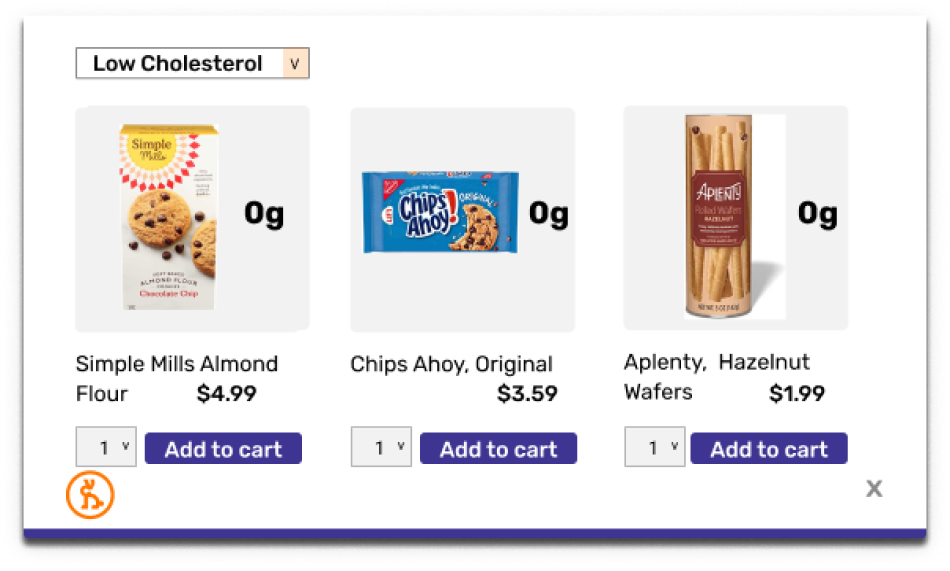Daily life brings change to the body—both big and small. With issues such as edema, the difference between minor and major can be a big deal, even when either case appears to be the same. Consequently, edema is a condition to pay attention to. If you think you’ve ever experienced edema (or are just curious), keep reading. This information could be life-changing, or even life-saving.
What It Is:
Edema simply means and simply is “swelling.” This swelling is due to fluid retention. There are various types of edema that affect different parts of the body. The most common is peripheral edema, which affects edema that is present in the arms and legs. Another form of edema that is becoming increasingly common is lymphedema, which tends to show up in one part of the body, like a leg. More severe forms of edema can show up in the abdomen, back or lungs.
How Edema Develops:
Because edema can affect different areas of the body for different reasons, the cause varies. In a mild form, edema is temporary water retention that goes away by itself. This kind of edema may surface as puffiness in the hands, feet or face, and can occur simply because you’ve spent too much time sitting or standing.This may also affect women during their monthly period or during pregnancy. Pregnancy-related edema may happen because extra fluid in the body and pressure from a growing uterus may cause swollen ankles and feet. This swelling is likely to get worse nearing the woman’s due date, at the end of the day and/or in a hotter climate. Edema may also be brought on by circulation problems from conditions such as congestive heart failure, kidney disease, lupus, or liver disease, to name a few.
Lymphedema may occur as a result of cancer treatment or surgery. Lymphedema may also be brought on by obesity, tending to occur when an individual’s BMI (body mass index) reaches or exceeds fifty.
Why Do You Get Edema In Only One Leg?
The presence of edema only in one well occurs when lymph nodes are damaged or unable to drain enough fluid. This build-up becomes lymphedema. Reasons for this can be cancer cells blocking lymph nodes/vessels, cancer treatments scarring or inflaming lymph nodes/vessels, or the result of the removal of lymph nodes during cancer-assessing surgery. In some locales, parasites can also be the cause of lymphedema as they cause infection and clog lymph nodes. It is important to note that swelling in one leg does not have to be the result of cancer treatment or obesity. Swelling in one leg (along with calf muscle pain) can be a sign of Deep Vein Thrombosis (DVT), which is due to the presence of a blood clot in that leg—a very serious condition. If you find that this is happening to you, please seek medical assistance immediately.
Signs and Symptoms:
Edema can go unnoticed. Especially if you are not paying attention to your body. Signs and symptoms of edema may include any of the following:
- Swollen appearance in face, hands, arms or legs
- Heavy feeling in arms or legs
- Warm, painful and/or tight feeling in skin near edema site
- Indentation left after pressing the swollen area
- Feeling of discomfort or tightness in clothing or jewelry
- Difficulty moving affected joints
Treatment:
For milder cases of edema, simply raising the affected limb above the level of your heart will reduce swelling. This can be achieved while lying down and propping up your feet using a pillow. If the edema case is more severe, a doctor may need to treat it with a medication known as a diuretic. Diuretics assist the body in removing the excess fluid through urination. Long-term care of edema includes determining and treating the root cause of the swelling or the underlying condition.
A few helpful daily practices that may help decrease mild edema include:
- Limb elevation
- Movement/Doctor-approved exercise
- Massage
- Compression socks, sleeves or gloves
- Daily cleansing and moisturization
- Paying attention to your sodium intake
How A Better Diet May Help:
One of the first dietary recommendations you may hear from your doctor or dietitian is to reduce salt intake. This is because salt (sodium) can heighten fluid retention, which worsens edema. Additional foods that someone with edema should avoid are highly refined foods, that include baked goods,salt-cured meats and processed snack foods. Alcohol and tobacco should also be avoided as a best practice.
Instead, eating foods high in vitamins, minerals and antioxidants are recommended. An example of these includes greens, salmon, lean meats, tofu, eggs, tomatoes, beans, blueberries and bell peppers, to name a few. Lastly, foods that have a natural diuretic effect are also helpful. These foods include lemons, garlic, onions, grapes and cucumbers. But please bear in mind that if you are on diuretic medication, some natural diuretic foods may not be advantageous to eat. In this case, especially, please heed the dietary guidelines your doctor or dietitian gives you.
Bottom Line:
Edema, in many cases, is swelling that may be the result of normal day-to-day life and can be brought under control easily. Medications and diets both have their rightful place in the treatment plan. But if it persists, it is letting you know that a bigger health problem exists. In this case, you should seek medical attention for more care and instruction.

People ask Vitalcart for grocery tips each day. We get the best finds for each health goal and share them live with you.

The shopping assistant that makes nutrition planning easy.

